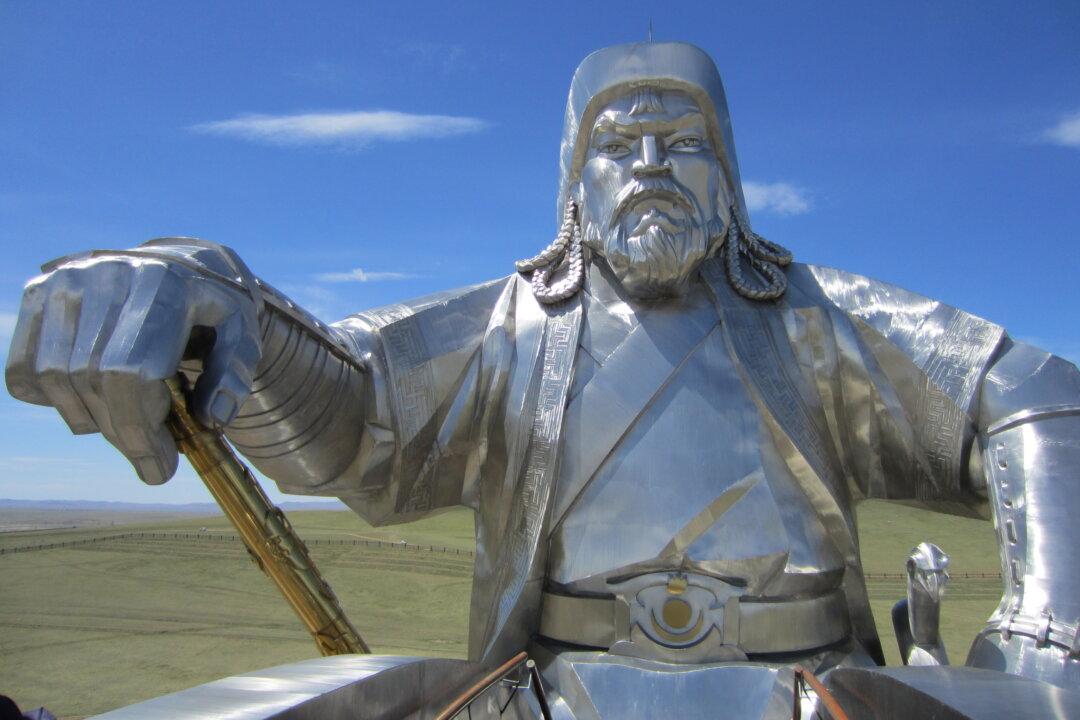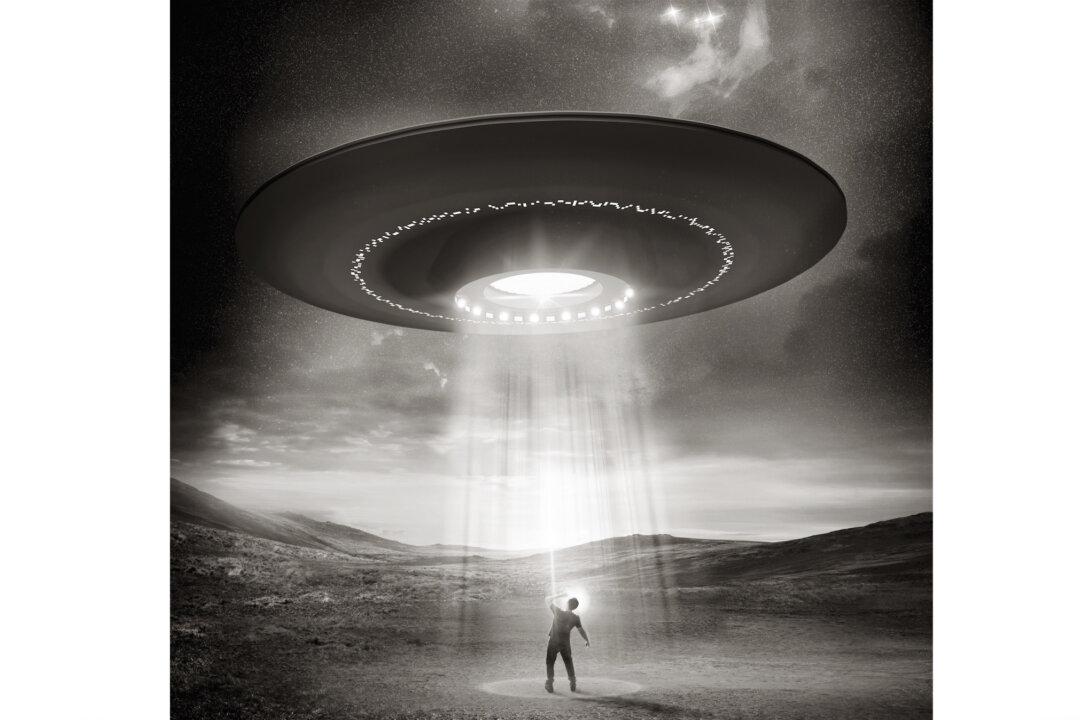Long ago, somewhere between 300,000 and 8 million years ago give or take a millennium or two, a giant creature hunkered through the wilds of China and Southeast Asia.
It was about 9 feet (3 meters) tall and weighed almost half a ton, twice the size of today’s largest ape. All we have left of this creature is its jaw bones and teeth. Mystery surrounds these fossils. They’ve bred the unorthodox theory that Gigantopithecus was not a giant ape at all—but rather, a giant human-like being. Or, if it wasn’t like the giants of legend, perhaps it lives still today as the Bigfoot or Yeti.
MORE:
- Did Giants Exist? Part 1: Legends and America’s Giant Skeletons
- Did Giants Exist? Part 2: Where Are the Skeletons Now?
“We’re sort of dealing with the mystery ape,” said Rick Potts, a paleoanthropologist with the Smithsonian Institution in Washington, D.C., according to National Geographic. “We know so little about Gigantopithecus, largely because its remains consist of only three jaw bones and hundreds of teeth.”





